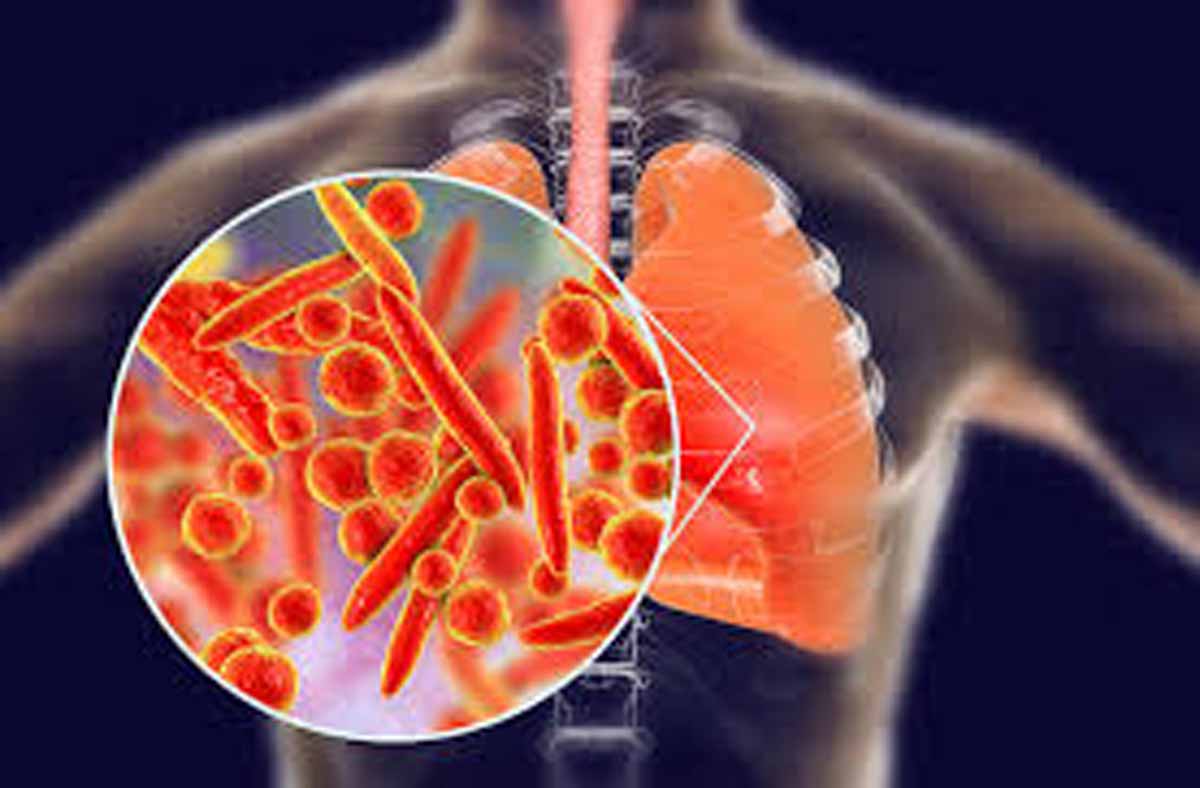- Home
- Editorial
- News
- Practice Guidelines
- Anesthesiology Guidelines
- Cancer Guidelines
- Cardiac Sciences Guidelines
- Critical Care Guidelines
- Dentistry Guidelines
- Dermatology Guidelines
- Diabetes and Endo Guidelines
- Diagnostics Guidelines
- ENT Guidelines
- Featured Practice Guidelines
- Gastroenterology Guidelines
- Geriatrics Guidelines
- Medicine Guidelines
- Nephrology Guidelines
- Neurosciences Guidelines
- Obs and Gynae Guidelines
- Ophthalmology Guidelines
- Orthopaedics Guidelines
- Paediatrics Guidelines
- Psychiatry Guidelines
- Pulmonology Guidelines
- Radiology Guidelines
- Surgery Guidelines
- Urology Guidelines
AIIMS releases antibiotic guidance for Community acquired pneumonia

All India Institute of Medical Sciences, Delhi has released AIIMS Antibiotics Policy which has been prepared by the Department of Medicine with Multidisciplinary collaboration. The antibiotic guidance for respiratory Infections includes Community-acquired pneumonia the salient features of which are hereunder.
When to suspect
Community-acquired pneumonia should be suspected in a patient presenting with fever, cough with expectoration, shortness of breath and bronchial breath sounds or crepitations on auscultation.
Note: No pathogen is identified in majority of the cases.
How to confirm
Chest X-Ray- presence of lobar consolidation/ interstitial infiltrates and/or cavitations.
Confirmation of diagnosis- gram staining and culture of sputum sample.
Serology for atypical pathogens may be required on a case to case basis.
Blood cultures may be helpful prior to the initiation of antibiotic therapy.
Treatment
The severity of CAP and requirement of in-patient care can be ascertained by simple scores such as CURB-65 score. One point each is awarded if the patient has Confusion, BUN> 20mg/dl, Respiratory rate>30/
Early initiation of empirical antibiotics is the key to the treatment of CAP as it prevents complications and decreases morbidity & mortality. Pathogen directed therapy should be started as soon as microbiological diagnosis is available to decrease antimicrobial resistance.
Etiology: Streptococcus pneumoniae, Haemophilus influenza, Moraxella catarrhalis, aerobic gram-negative bacteria, Mycoplasma pneumoniae, Chlamydia pneumoniae
Empirical Treatment:
Inpatient (CURB-65 ≥ 2)
[Inj. Ceftriaxone 1 g IV BD or Inj. Amoxicillin-clavulanic acid 1.2 g IV TDS] PLUS Azithromycin 500 mg (IV/PO) OD for 5 days
Outpatient (CURB-65 ≤ 1)
Tab Amoxicillin-clavulanic acid 625 mg TDS PLUS Tab Azithromycin 500 mg OD for 5 days
When risk factors of Pseudomonas are present: (COPD, bronchiectasis, broad-spectrum antibiotics for at least 7 days in the past month, corticosteroid therapy & malnutrition)
Replace Ceftriaxone with any of the following:
Piperacillin/Tazobactam 4.5 gm iv QID or Cefoperazone/Sulbactam 2- 3 gm iv BD (upto TDS in severe infections) or Cefepime 2gm iv TDS or Imipenem 500 mg QID or Meropenem 1g TDS
Remarks:
1. Once the aetiology of CAP has been identified on the basis of reliable microbiological methods, antimicrobial therapy should be directed at that pathogen.
2. Duration of antibiotic therapy may be extended if indicated clinically.
3. Fluoroquinolones should be avoided in the treatment of community-acquired pneumonia due to high burden of tuberculosis in India.
4. Macrolide (erythromycin) resistance noted in Streptococcus pneumoniae is between 9% - 20% in India.
5. Addition of empirical vancomycin: History of IV drug usage, post influenza pneumonia, severe CAP, associated skin and soft tissue infection.
The following criteria can be used for diagnosing severe pneumonia: (either major criterion or 3 or more minor criteria)
Major criteria:
Invasive mechanical ventilation
Septic shock with the need for vasopressors
Minor criteria:
Respiratory rate ≥ 30/min
P/F ratio < 250
Multilobar infiltrates
Confusion/disorientation
BUN ≥ 20mg/dl
WBC < 4000/mm3
Thrombocytopenia
Core temperature < 360C
Hypotension requiring aggressive fluid resuscitation

Disclaimer: This site is primarily intended for healthcare professionals. Any content/information on this website does not replace the advice of medical and/or health professionals and should not be construed as medical/diagnostic advice/endorsement or prescription. Use of this site is subject to our terms of use, privacy policy, advertisement policy. © 2020 Minerva Medical Treatment Pvt Ltd